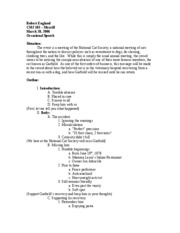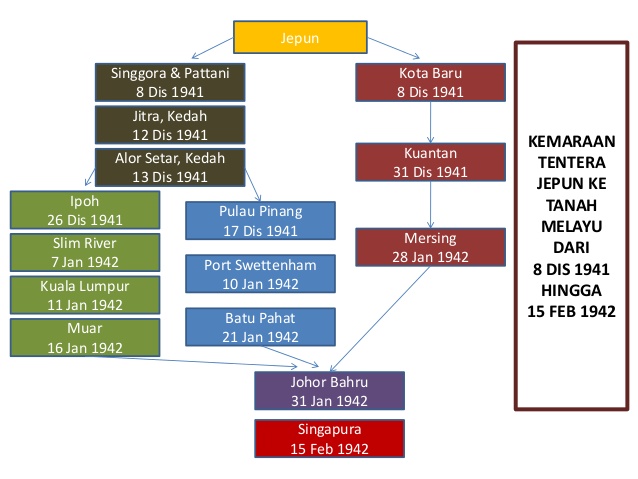Plants Profile for Adenanthera pavonina (red beadtree).
Adenanthera pavonina is a perennial and non-climbing species of leguminous tree. Its uses include food and drink, traditional medicine, and timber.
General Information Adenanthera pavonina is a very fast-growing deciduous tree with a spreading crown of light, feathery foliage.

This plant can be weedy or invasive according to the authoritative sources noted below.This plant may be known by one or more common names in different places, and some are listed above.

General Description: Adenanthera pavonina or Red sandalwood tree, is a deciduous, spreading, fast-growing, branchless tree, 18-24m in height and 2.0-2.4m in girth, found in the sub Himalayan tract, ascending up to an altitude of 1,200m in Sikkim, West Bengal, Assam, Meghalaya, Gujarat, Maharashtra, South India and in the Andamans.

A large deciduous tree, bark pale pinkish grey. Leaves bipinnate, up to 24 cm long, rachis c. 10-40 cm long, petiole c. 5-10 cm long, pinnae opposite, 2-6 pairs, c. 7-12 cm long, leaflets 7-15 pairs, sessile, alternate, obovate, l.5-4.0 cm long, 5-25 mm broad, margins slightly curved backwards, base unequal.

Summary of Invasiveness Top of page. A. pavonina is a fast-growing tree included in the Global Compendium of Weeds as a natural and agricultural weed (Randall, 2012).It was classed by Binggeli (1999) as a moderately invasive woody weed. It is commonly planted in agroforestry systems to be used as a green manure, animal forage, and for soil improvement (Orwa et al., 2009).

Acacia coral (Adenanthera pavonina) is a very fast growing plant.Leafs are compound bipinnate (arranged oppositely). Leaflets are lens shaped arranged alternately. This plant can grow up to 20 meter in a suitable condition.

The Adenanthera pavonina L. (1753) is a deciduous tree up to about 15 m tall with wide canopy and trunk up to about 45 cm of diameter with greyish to dark brown bark, smooth, slightly fissuring with the age. The leaves are alternate, bipinnate, 30-50 cm long, with 2-6 pairs of opposite pinnae, 7-12 cm long, carrying 5-15 couples of sessile.

The Atlas of Florida Plants provides a source of information for the distribution of plants within the state and taxonomic information. The website also provides access to a database and images of herbarium specimens found at the University of South Florida and other herbaria.

Adenanthera pavonina, popularly known as red-bead tree, carolina, pigeon's eye, and dragon's eye, is a plant traditionally used in Brazil for the treatment of several diseases.The present study aimed at evaluating the activity of sulfated polysaccharide from the Adenanthera pavonina (SPLSAp) seeds against poliovirus type 1 (PV-1) in HEp-2 cell cultures.

General Information Adenanthera microsperma is a deciduous tree with a broad, spreading, rounded crown; it can grow up to 30 metres tall.
According to Legumes of the World Online Use Adenanthera pavonina L. (red sandalwood, red bead tree, saga, carolina) is widely cultivated and naturalised throughout the tropics; used as shade trees, good quality timber (for construction and furniture), ornamentals (especially for the decorative scarlet, glossy seeds used as beads in necklaces), fuelwood, medicine, human food (cooked seeds.

Adenanthera pavonina is a deciduous Tree growing to 18 m (59ft) by 10 m (32ft) at a fast rate. It is hardy to zone (UK) 10 and is frost tender. The flowers are pollinated by Insects. It can fix Nitrogen. Suitable for: light (sandy), medium (loamy) and heavy (clay) soils, prefers well-drained soil and can grow in nutritionally poor soil.



